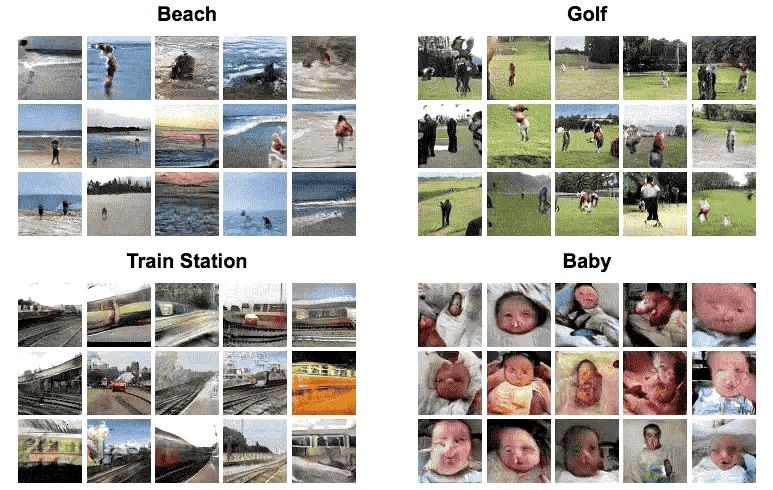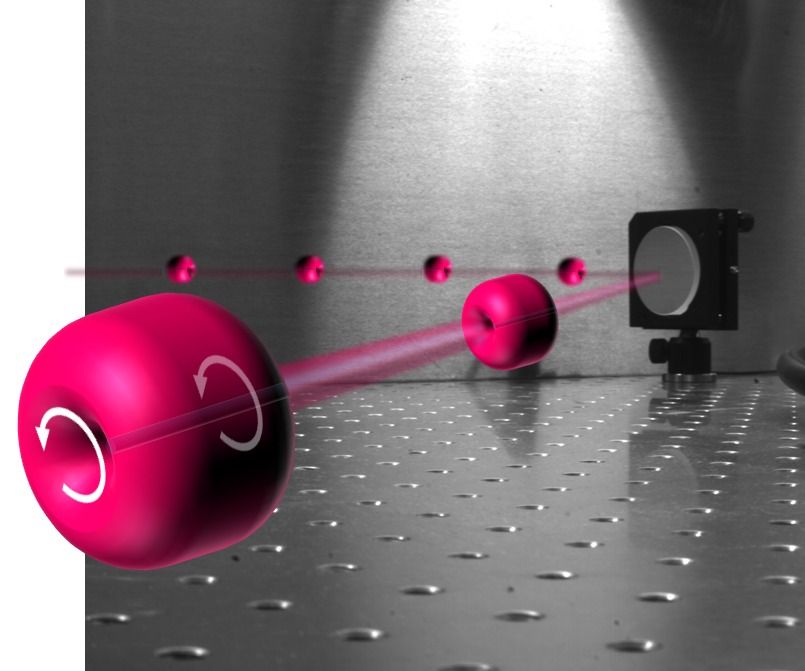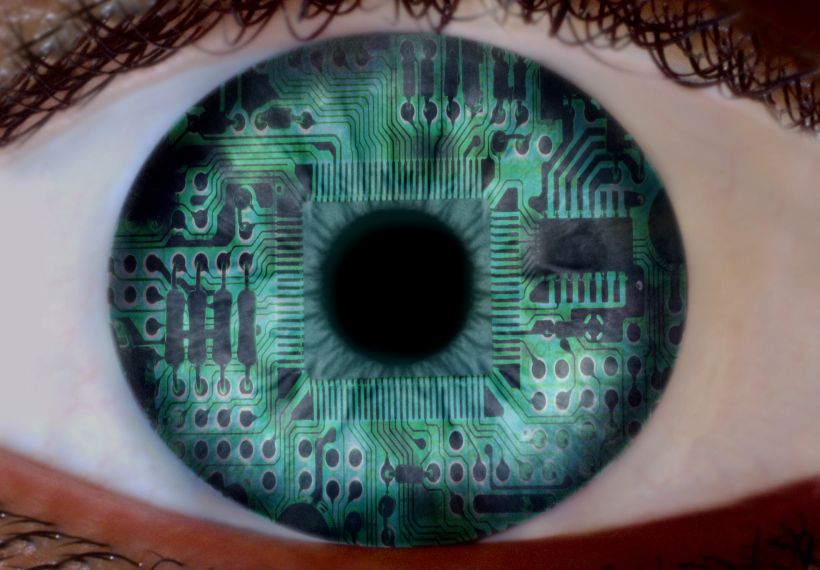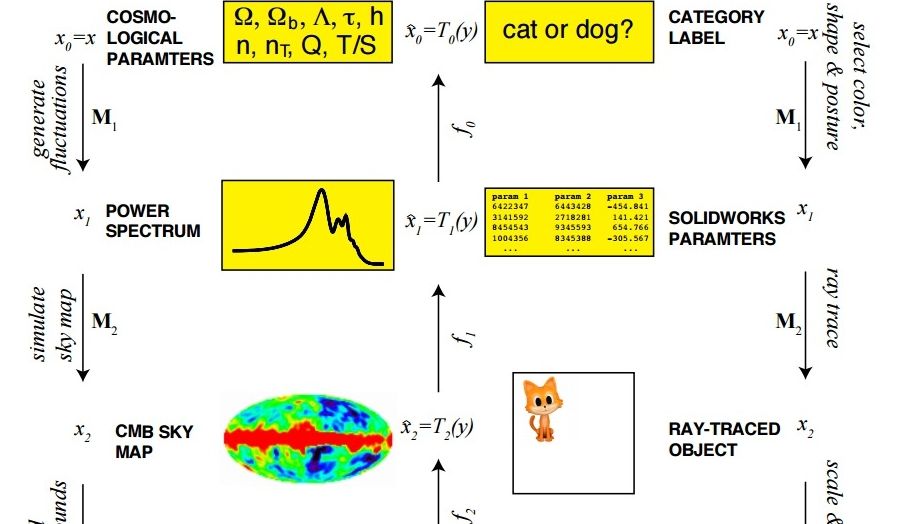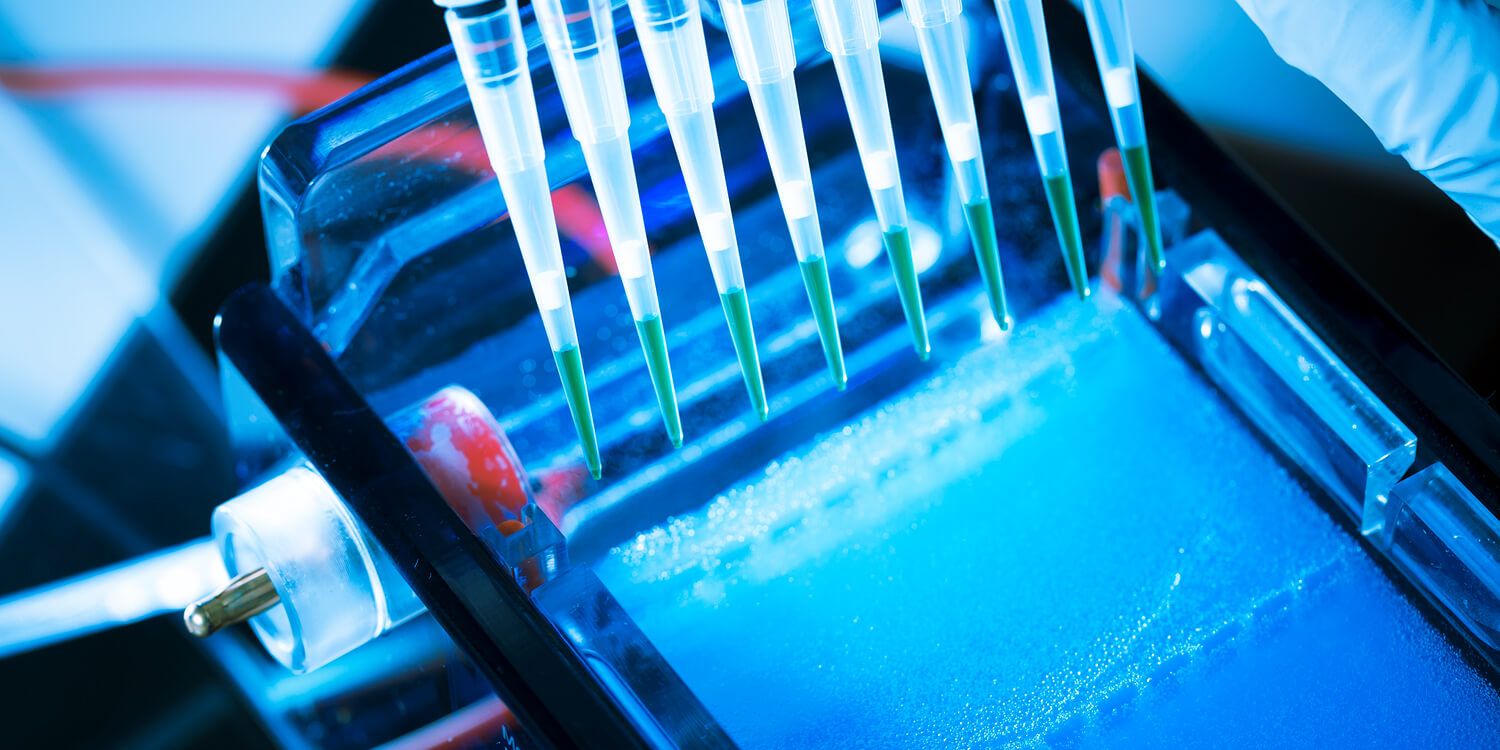Sep 10, 2016
Machine-Learning Algorithm Generates Videos From Stills
Posted by Shailesh Prasad in categories: information science, robotics/AI
MIT has used machine learning to create video from still images, and the results are pretty impressive. As you can see from the above image, there’s a lot of natural form to the movement in the videos.
The system “learns” types of videos (beach, baby, golf swing…) and, starting from still images, replicates the movements that are most commonly seen in those videos. So the beach video looks like it has crashing waves, for instance.
But like other machine-generated images, these have limitations. The first is size: what you see above is the extent to which the program can render its video. Length is also an issue: only about a second of video gets produced.
Continue reading “Machine-Learning Algorithm Generates Videos From Stills” »
